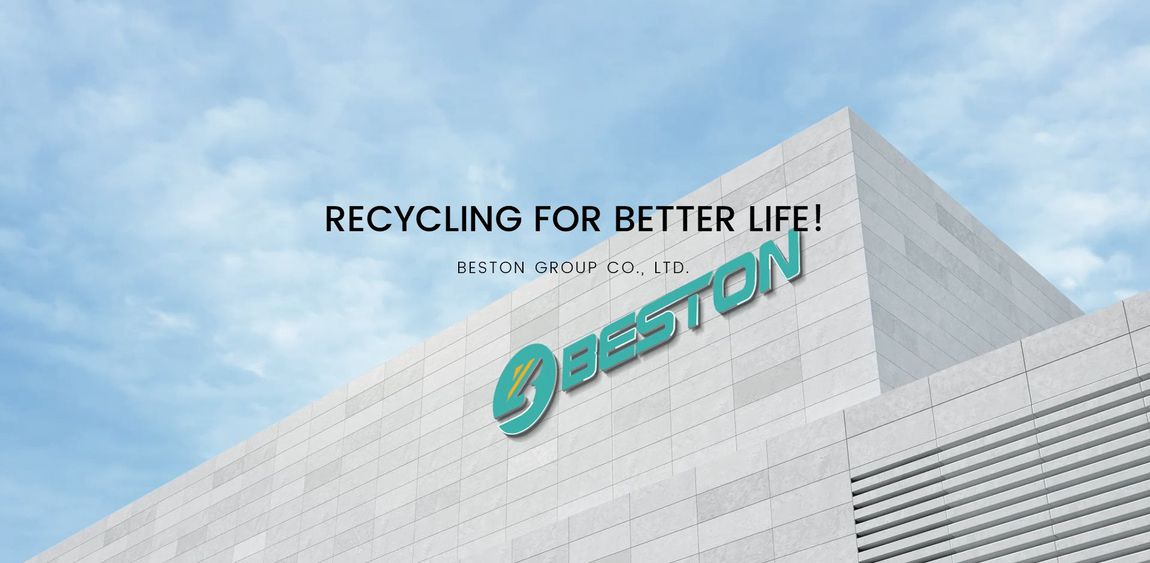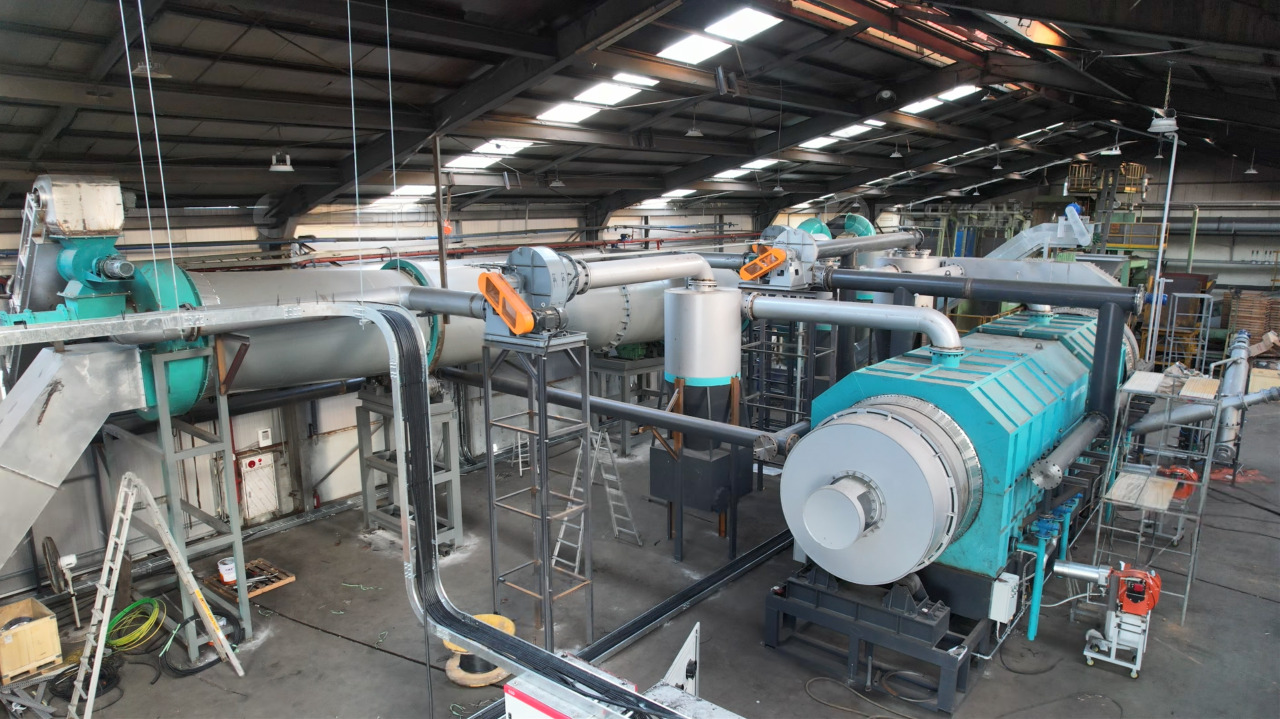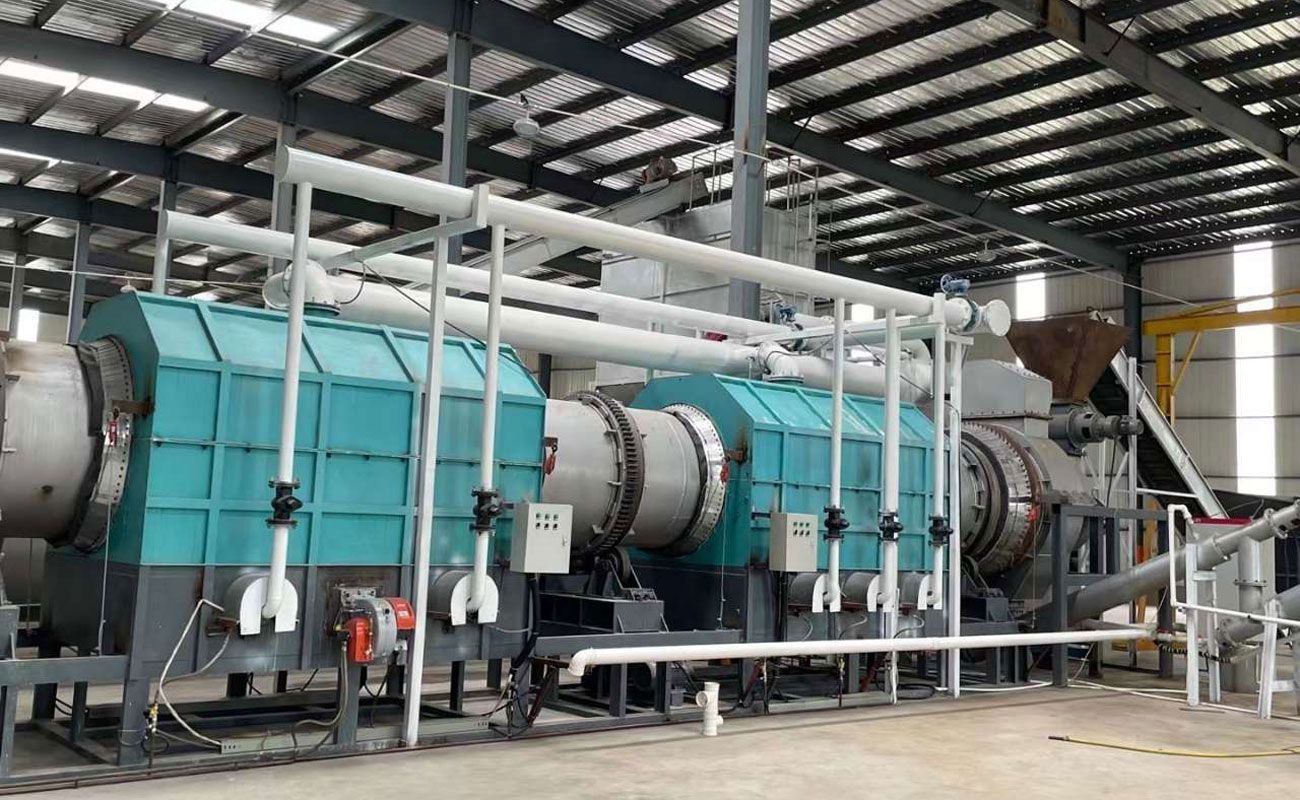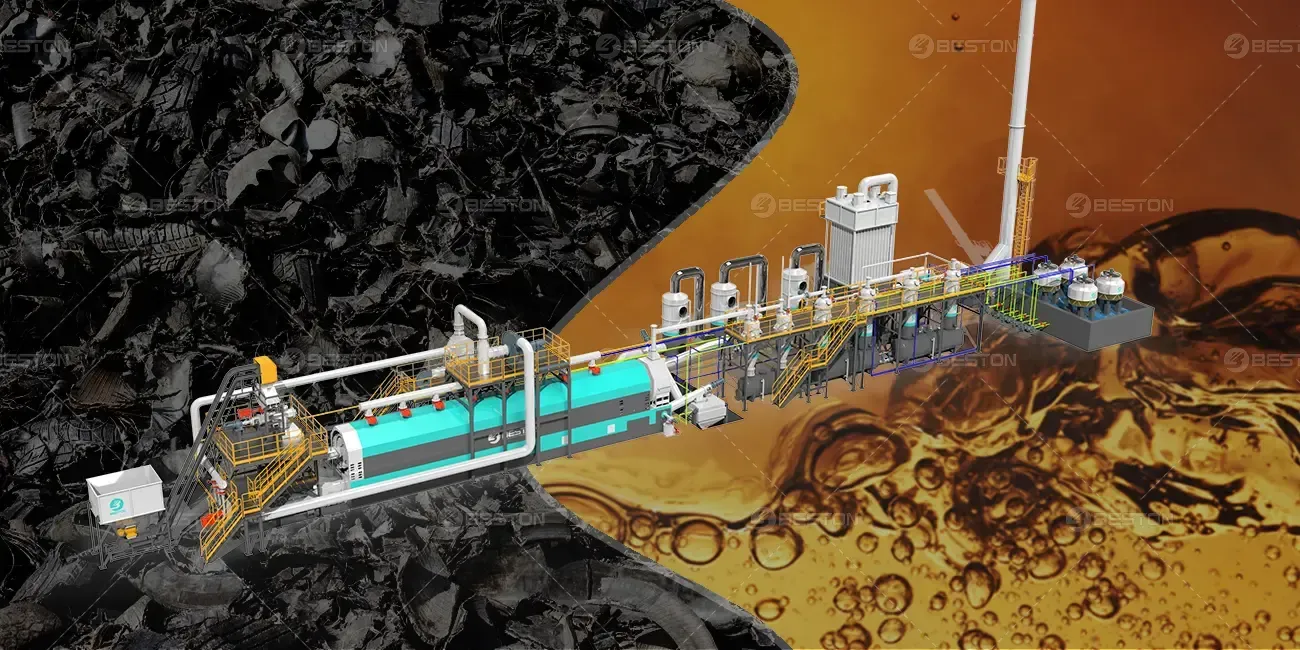By Cathy Wang
•
July 15, 2025
The process of plastic pyrolysis represents a critical innovation in waste management, offering a promising solution to one of the world’s most pressing environmental challenges. Plastic waste, often found in oceans, landfills, and urban spaces, has become a significant contributor to global pollution. Pyrolysis, as a method of transforming plastic waste into valuable by-products, plays a pivotal role in addressing this issue. This process not only reduces the volume of plastic waste but also generates useful resources such as oil, gas, and carbon black. The Core Concept of Plastic Pyrolysis At its core, the plastic pyrolysis process involves the thermal decomposition of plastic materials in the absence of oxygen. This process occurs in a pyrolysis plant, where plastics are subjected to elevated temperatures (typically between 300-900°C), breaking down the polymer chains into simpler compounds. Pyrolysis uses heat to break down the complex hydrocarbons present in plastics, converting them into valuable liquid oils, combustible gases, and solid residues like carbon black. The absence of oxygen in the reactor is crucial, as it prevents combustion, ensuring that the plastic materials do not burn but instead decompose into more useful by-products. The Pyrolysis Plant: A Key Player The efficiency and effectiveness of the plastic pyrolysis process depend heavily on the type and design of the pyrolysis plant used. A typical plant consists of several key components, including the reactor, condenser, filtration system, and collection units for each product. The reactor serves as the central chamber, where the plastic is heated. The gases produced during the pyrolysis process are then condensed into liquid oil by the condenser, while the solid carbon black is collected separately. In an industrial-scale pyrolysis plant , the configuration is designed to maximize heat retention and minimize energy consumption. This is often achieved through advanced insulation and heat exchange systems. The process flow in a pyrolysis plant is carefully controlled to ensure optimal output in terms of oil, gas, and solid by-products, depending on the desired end products. Feedstock Preparation The quality and efficiency of the pyrolysis process depend on the characteristics of the feedstock – in this case, the plastic waste. Before being introduced into the pyrolysis plant, the plastic materials must be sorted, cleaned, and shredded to a manageable size. Contaminants, such as metals and food waste, are typically removed to avoid clogging the system and affecting the quality of the final products. The type of plastic used also impacts the final output. For example, polyethylene (PE) and polypropylene (PP) generally yield higher quantities of liquid oil, while polystyrene (PS) and polyethylene terephthalate (PET) may produce different proportions of gases and solid carbon black. The Pyrolysis Process in Detail The plastic pyrolysis process can be broken down into several stages: Heating Phase : The shredded plastic waste is loaded into the reactor, where it is gradually heated to the target temperature. As the temperature rises, the plastic begins to decompose into smaller molecules. Decomposition : As the plastic breaks down, volatile compounds are released in the form of gases. These gases are rich in hydrocarbons and are a valuable resource that can be used as fuel or further processed into chemicals like gasoline, diesel, or kerosene. Condensation : The volatile gases produced during the decomposition phase are cooled down in a condenser unit. The cooling process condenses these gases into liquid oils, which can be used as fuel or further refined for various industrial applications. Carbonization : In the final phase, the solid residue left behind is carbon black, a material often used in the manufacturing of tires, coatings, and other industrial products. Carbon black is a valuable by-product of the pyrolysis process, contributing to the overall profitability of the operation. Optimizing the Pyrolysis Process To maximize the efficiency of the plastic pyrolysis process, various factors must be considered. These include the temperature and time settings within the pyrolysis plant, the type of plastic being processed, and the use of catalysts to enhance the breakdown of certain polymers. Additionally, maintaining an optimal reaction environment inside the reactor, such as controlling the pressure and gas flow, is vital to ensure that the desired products are obtained in the right proportions. In terms of energy consumption, modern pyrolysis plants are equipped with energy recovery systems, such as heat exchangers, which capture and reuse heat energy. This reduces the overall energy consumption of the plant, making the process more sustainable. Environmental Considerations Although the pyrolysis process offers significant environmental benefits, including reducing plastic waste and producing useful by-products, it is important to manage emissions. The combustion gases produced during the pyrolysis process can contain volatile organic compounds (VOCs), carbon monoxide (CO), and other pollutants. A well-designed pyrolysis plant will include a filtration and gas cleaning system to remove these pollutants, ensuring that the emissions meet environmental standards. Furthermore, some pyrolysis plants integrate carbon capture and storage (CCS) technologies to minimize the environmental impact of CO2 emissions, contributing to the overall sustainability of the process. The Future of Plastic Pyrolysis The plastic pyrolysis process is constantly evolving, with innovations in reactor design, feedstock management, and energy recovery making the process more efficient and environmentally friendly. As the global plastic waste problem continues to escalate, the development of advanced pyrolysis technologies will play a key role in reducing waste and creating valuable resources from non-renewable materials. The potential applications of the products derived from the pyrolysis process, including oil, gas, and carbon black, continue to expand. As the technology matures and becomes more widely adopted, it may significantly contribute to global waste management strategies and circular economy models.







